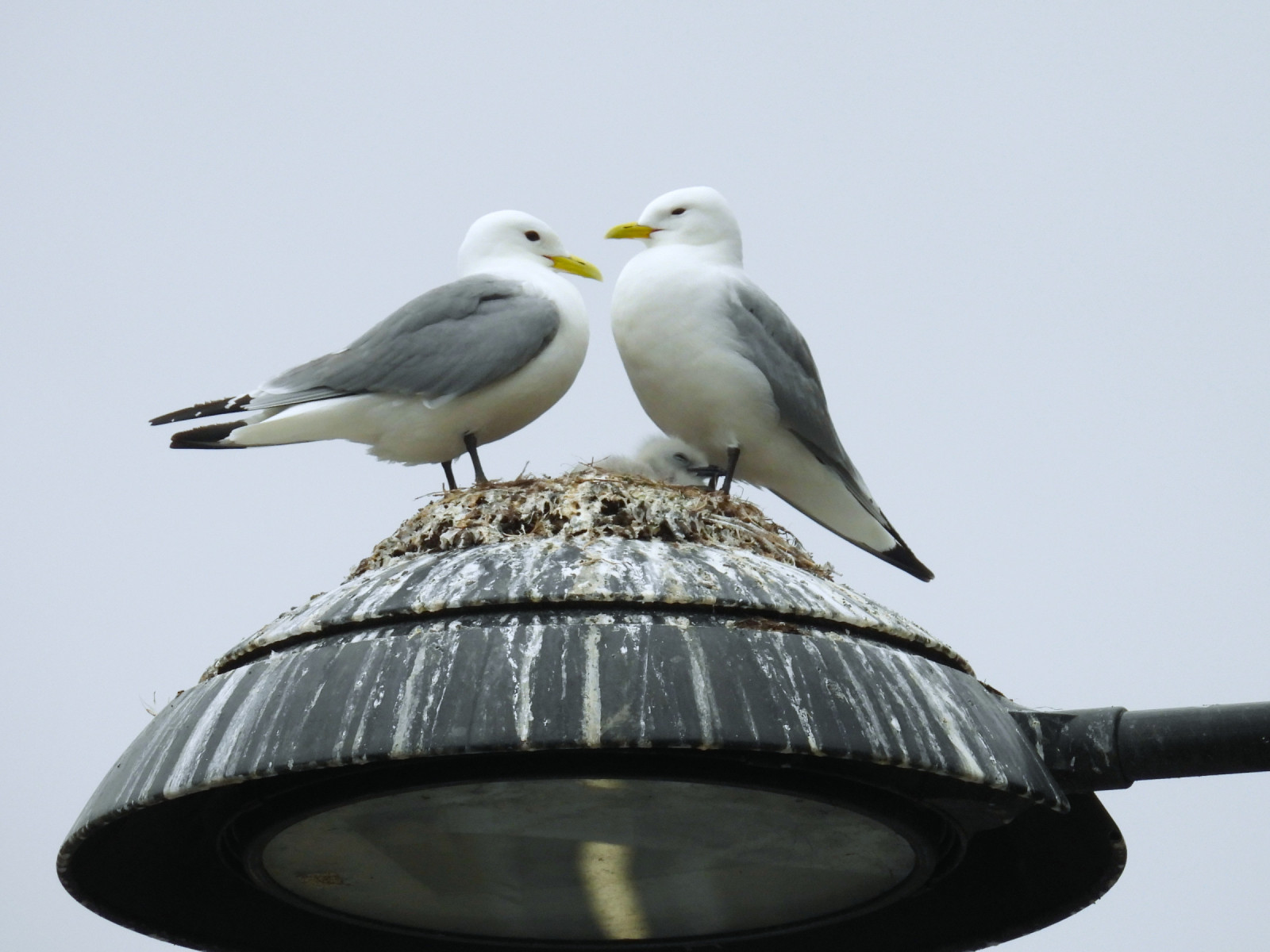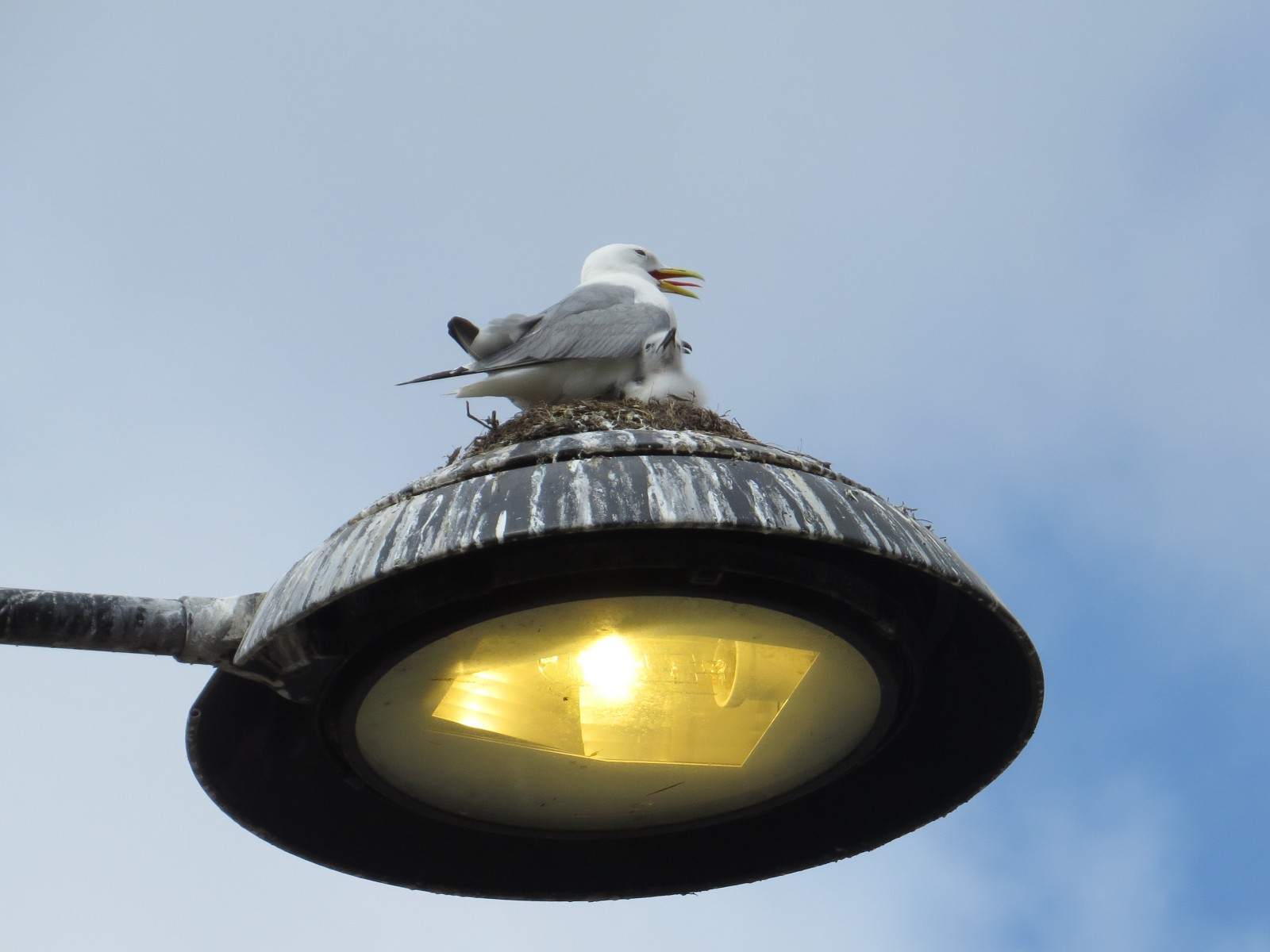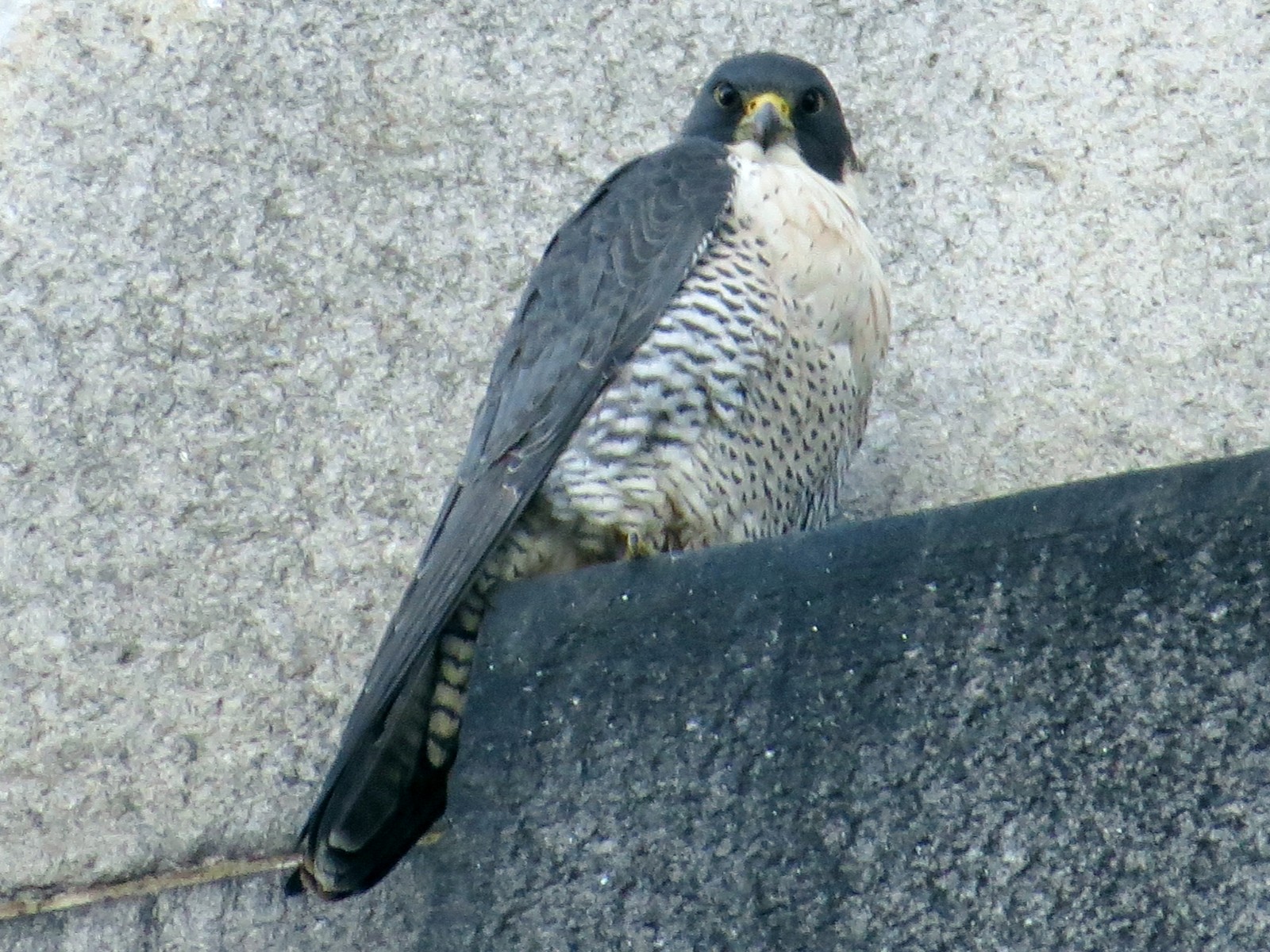Descrizione
Famous for its globally unique inland urban Gabbiano tridattilo colony, the Tyne also has other surprises, including breeding Volpoca and good numbers of wintering Alzavola, Pettegola and Chiurlo maggiore. Because the birds are used to seeing lots of people, they can often be seen more closely than birds in rural areas. For the mammal enthusiast, Grey Seal, Common Seal, and Otter can all be seen - not the usual mammal list for the heart of a major city!
Dettagli
Accesso
A site ideally suited to walking and cycling, with excellent public transport links. If arriving by train, the Gabbiano tridattilos are only ten minutes walk from Newcastle Central Station (and can even be seen from the trains crossing the bridges on their way into the station!). For a longer route (ideal by bike), head west from Newcastle on the north (Northumberland) bank, cross the river over the Scotswood Bridge, and then return on the south (County Durham) bank and cross back into Newcastle by the Swing Bridge or the Millennium Bridge.
Terreno e habitat
Città/paese , Velme , FiumeCaratteristiche dell’area
Terreno piano , CollinosoPercorso ad anello
SiÈ utile un cannocchiale?
Può essere utileBuona stagione per il BW
Tutto l'annoMiglior periodo per visitare
Inverno , Estate , AutunnoPercorso
Strada asfaltata , Sentiero ampioGrado di difficoltà del percorso a piedi
FacileModalità di accesso
A piedi , Bicicletta , Sedia a rotelleCapanno/torretta di osservazione
NoInformazioni aggiuntive
Where else in the whole world can you see Gabbiano tridattilos - or any other bird - nesting on the tops of city centre lamp posts?!







